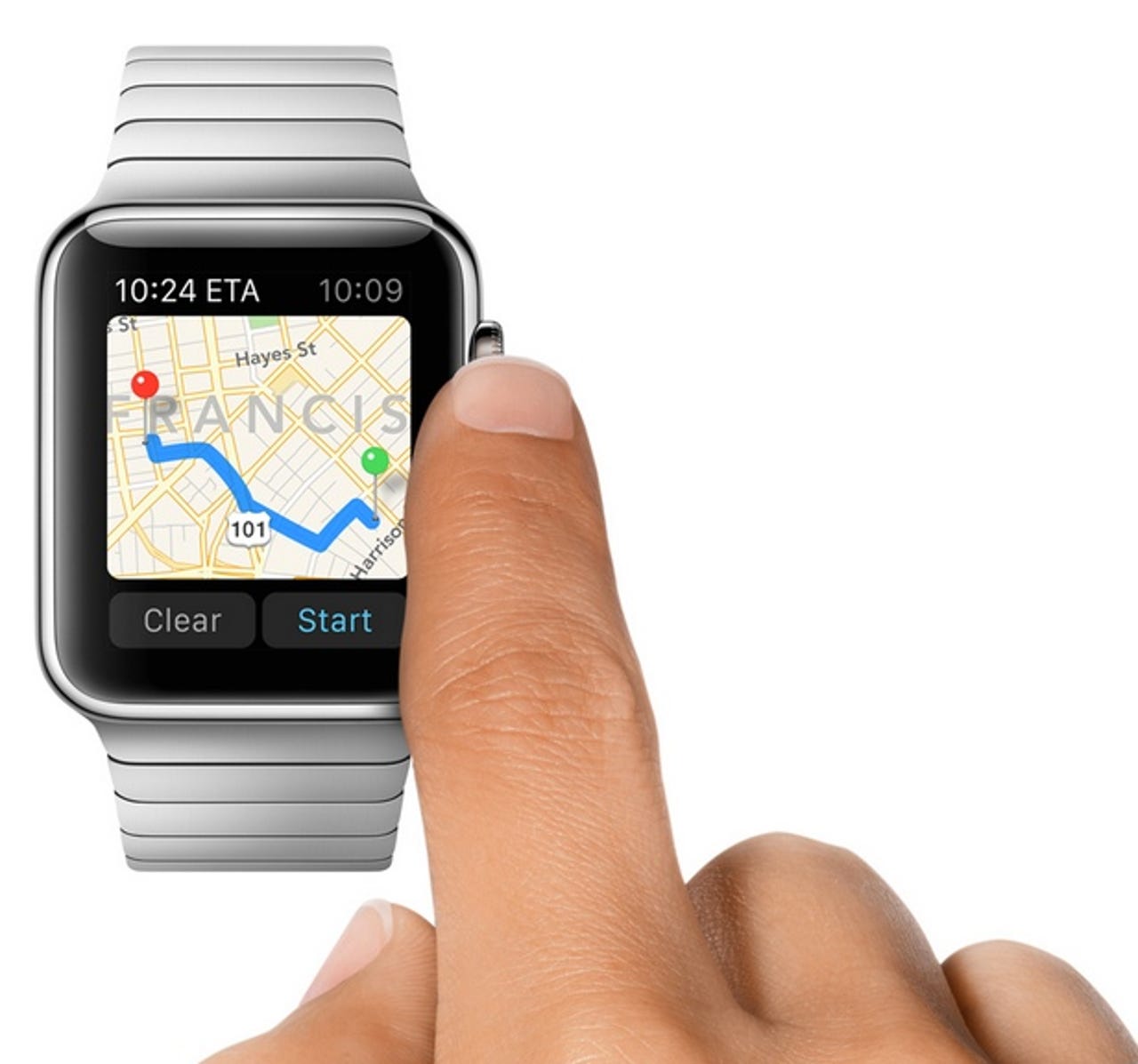Apple Watch takes the Digital Crown


While it was rumored that Apple would unveil a smartwatch at its iPhone 6 event, the watch that it ended up unveiling simply blows away the competition and takes the Digital Crown.
More Apple Coverage
While there's a lot that we don't know yet about the Apple Watch – full price list, release date, application support, and the tech specs – it'd clear that this new device is set to become a key part of Apple's ecosystem.
While the rumors and mockups focused on the iWatch being a band or an iPhone shrunken down to wrist proportions, Apple's Watch is something totally different, taking some of the paradigms that Apple has fostered with the iPhone and iOS, but adding some unique twists to solve some pretty big problems facing a wrist-mounted device.
One of the biggest innovations of the Apple Watch is the Digital Crown. What Apple has done here is taken the traditional crown used to wind up or change the time and date on a traditional analog wristwatch and transform it into a navigation tool.
A small display means that pinching is out to zoom in and out, as is operating tiny scrollbars, and this is where the Digital Crown comes into play. By simply rotating the Digital Crown users can zoom and scroll quickly and precisely, without obstructing their view of the display.
The Digital Crown also acts as a Home button. Tap it and you're back to the Home screen, just as you would be on an iPhone or iPad. This is an example of Apple reusing a familiar action, but adding a twist to it.
There's even a southpaw mode for all the Apple-loving lefties out there, which flips the user interface around.
Another innovation present in the Apple Watch is haptic feedback, which is delivered using what Apple calls the Taptic Engine. What this does is that it taps your wrist when you receive an alert or notification, or perform a function like turning the Digital Crown or pressing down on the display. And the tactile sensation is different for different kinds of interaction.
Combined with subtle audio cues from a specially engineered speaker driver, the Taptic Engine creates what Apple calls "a discreet, sophisticated, and nuanced experience by engaging more of your senses," enabling "some entirely new, intimate ways for you to communicate with other Apple Watch wearers." Using this, Apple Watch users can even send their own heartbeats to another Apple Watch user using the built-in heart monitor.
Gimmick or not, this is something that's currently unique to Apple.
In one swipe, Apple has once again used an innovative input mechanism to solve the problem of how to interact with a new class of device. With the Mac, this was the mouse. On the iPod, it was the clickwheel. For the iPhone it was a combination of the multitouch display and Home button. And now for the Apple Watch, it is the Digital Crown and Taptic Engine.
While I'm not all that impressed by the look of the Apple Watch, and I'm far from convinced that I want or need one, I can't help but be impressed by the novel approach that Apple has taken to solving some very fundamental problems facing wearables.
See also: